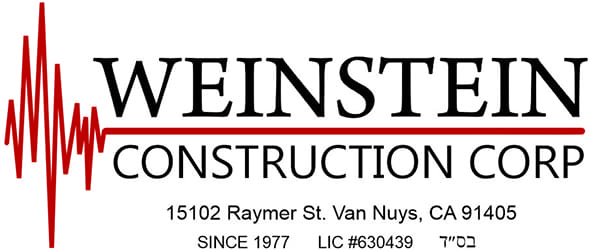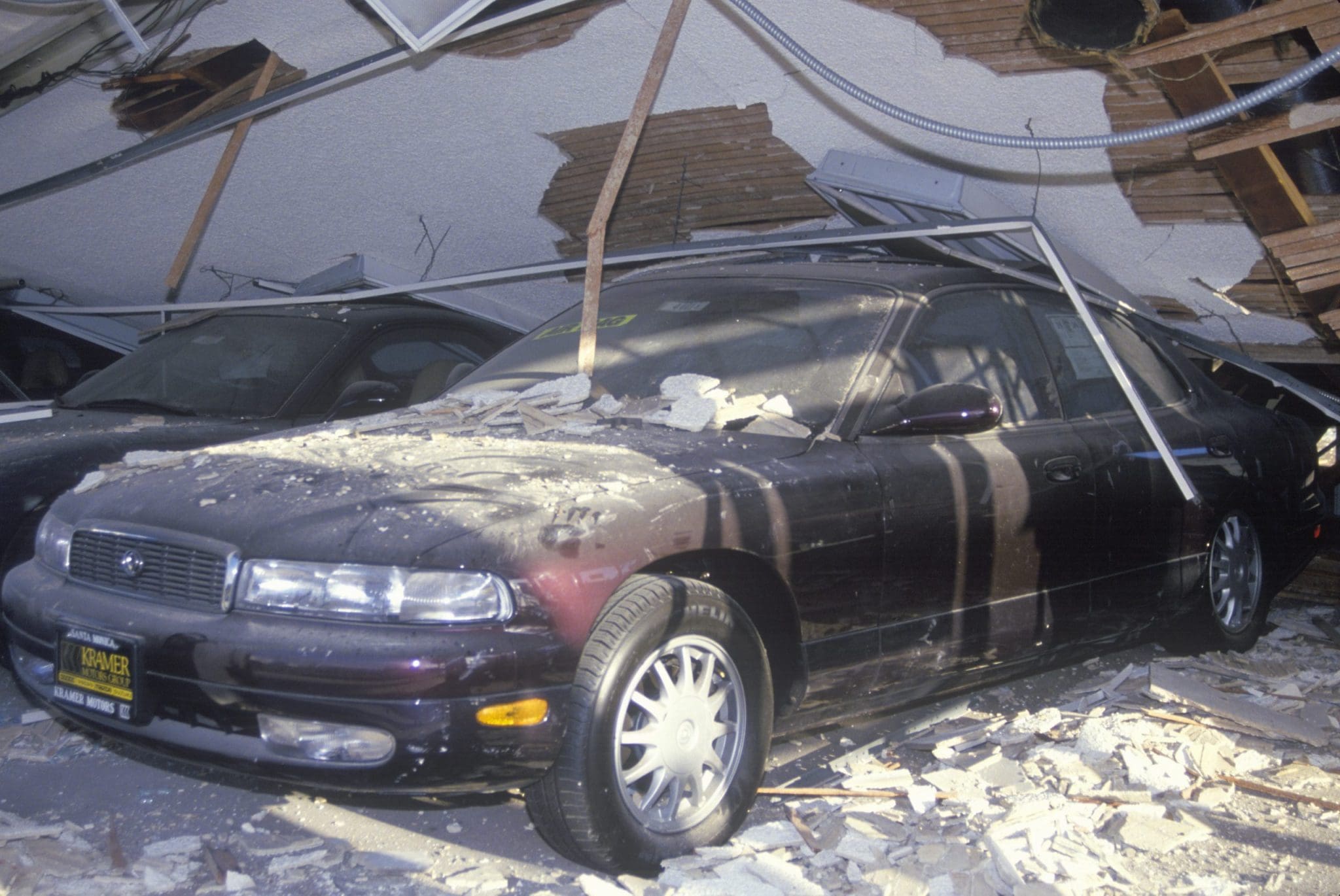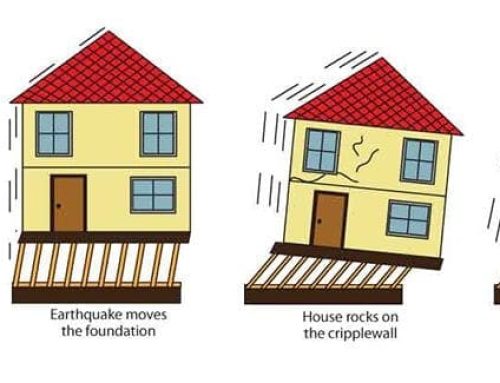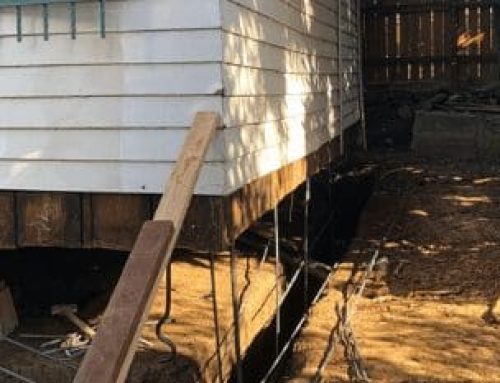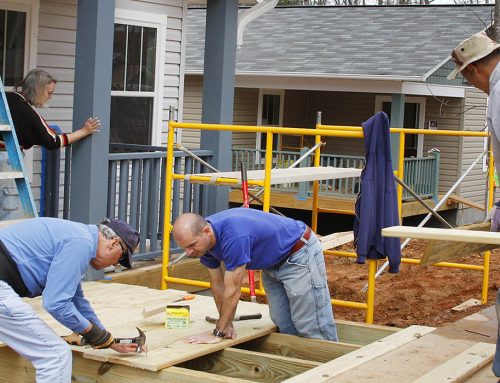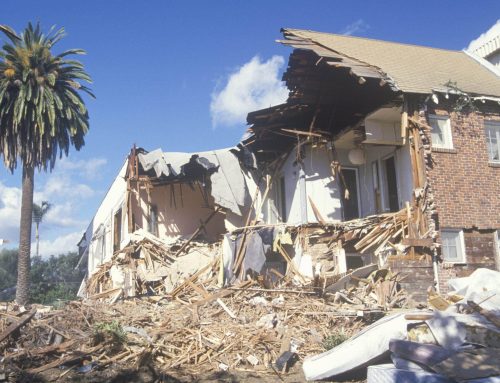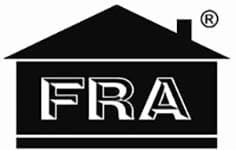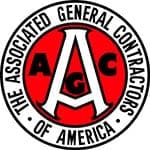Greater Los Angeles Soft Story retrofitting History
Almost eight years ago, the City of Los Angeles passed two landmark Soft Story retrofit ordinances to help ensure that when the next earthquakes hit, residential condo and apartment buildings would be more structurally sound. Such multi-story buildings are called Soft Story structures, because they typically have large open spaces on their flimsy first or second floors, instead of strong walls that are typically required as part of a stable earthquake engineering design (one example is an apartment building’s “tuck-under” parking garage structure).
The City’s two ordinances and its mandatory Story Retrofit Program identified nearly 14,000 buildings that were vulnerable to structural failure. The City then required owners of such buildings to retrofit them within a specific timeframe. Within a short time period after the City of Los Angeles passed its ordinances, many other cities around Los Angeles passed similar measures, requiring that their own Soft Story structures be retrofitted so they could be defended against the forces of seismic activity.
City of Los Angeles’ Earthquake Safety Campaign
Today, new analysis shows that more than 8,000 seismically vulnerable buildings have been retrofitted across the City of Los Angeles, as an estimated cost of $1.3 billion. Under the City’s rules, property owners pay for the structural improvements, but landlords can pass along half of the retrofit costs to tenants through modest rent increases over a 10-year period.
Questions To Ask Your Landlord About Your Own Building
Are you living in a building that has already been retrofitted? If so, that’s great! If you are living in a Soft Story building that has not yet been retrofitted, you may wish to find out why not! Consider the following:
- Why has your building not been retrofitted? It could be because the type of building you live in, does not require retrofitting. For example, the retrofit program does not apply to residential buildings with three or fewer units. Moreover, the type of buildings that should be retrofitted were those deemed most vulnerable, for example, those with the following attributes:
- Consist of two or more stories of wood frame construction
- Built under code standards enacted before January 1, 1978 and
- Contain ground floor parking or other similar open floor spaces.
- Is your building scheduled to be retrofitted? Beginning on May 2, 2016 and through November 6, 2017, the City of Los Angeles sent each owner of an identified “at risk” building an “Order to Comply”. The rules are that upon receipt of the “Order to Comply”, the property owner must keep careful note of the following timeline:
- Within 2 years from the receipt of the Order to Comply: submit to the City proof (e.g., a structural analysis) that shows that the building has already had a previous retrofit, or submit plans to retrofit or demolish the building
- Within 3.5 years from the receipt of the Order to Comply: obtain a City permit to start construction or demolition and
- Within 7 years from the receipt of the Order to Comply: complete the demolition or the retrofit project.
Los Angeles mandatory Soft Story retrofit program
Become involved and ask your landlord or building owner where they are in the process of complying with the City of Los Angeles mandatory Soft Story retrofit program! Show them the following statistical analysis:
- A recent study* by structural engineer Keith Porter, an expert on California seismic safety issues, estimated that the retrofit of 8,100 Soft Story apartment buildings in Los Angeles (which was the total of retrofits completed when the analysis was conducted) strengthened 117,000 housing units.
- Porter estimated that although property owners in L.A. have spent $1.3 billion so far on these retrofits, the retrofits will reduce future financial losses by $41 billion and avert 1,500 deaths and 27,000 nonfatal injuries.
- The retrofits also are expected to prevent 5,000 housing units from collapsing and an additional 60,000 from being significantly damaged.
- Calling it “a very cost-effective investment,” Porter calculated that every dollar invested in a retrofit will save $32 had the property owner not paid for seismic upgrades!
“Retrofitting these buildings today will keep many tenants in their homes,” Keith Porter said. “The retrofits will avoid thousands of injuries that would otherwise require emergency medical care, freeing up medical resources when they are in sudden, severe demand. The avoided losses benefit everyone.”
If you are interested in finding out what is the average Los Angeles Soft Story retrofitting cost, Weinstein Construction’s professionals have already published a blog on this subject, which can be accessed above.
Top seismologists and building scientists all agree that there is an urgent need to retrofit residential and commercial properties in Los Angeles and safeguard them from the destructive forces of earthquakes. Property owners should prepare today for the real and very imminent threat of seismic activity. If you wish to discuss or schedule a free inspection of your home or Soft-Story structure, call Weinstein Construction’s Soft Story professionals at (800) 862-6582. Be prepared and have peace of mind when the next “Big One” hits!
* Adapted from, “L.A. hits $1-billion earthquake milestone: 8,000 buildings retrofitted”, The Los Angeles Times, by Rong-Gong Lin II, October 20, 2022.
